Nature Provides, We Decide
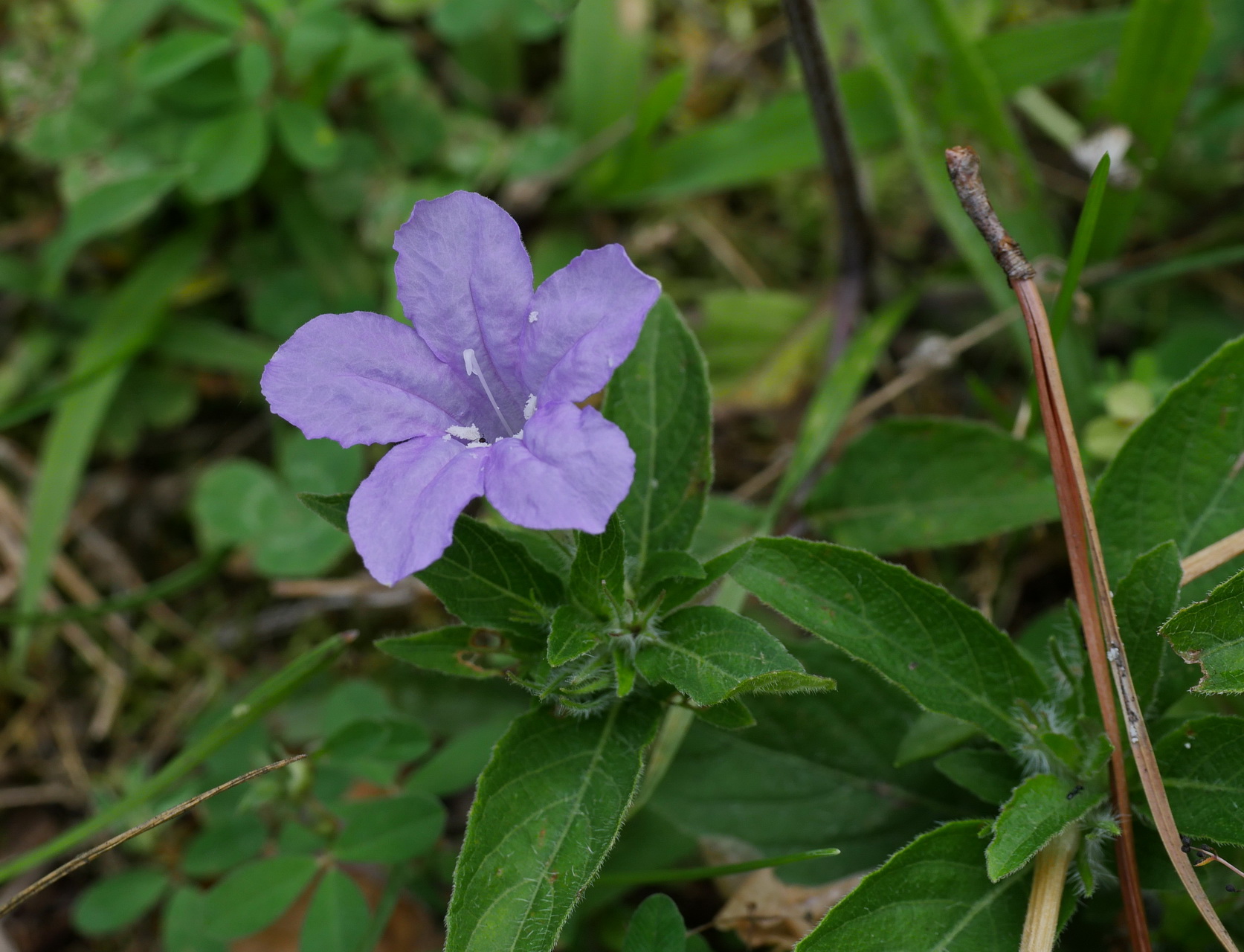
Building a house or a community lacerates the land. Often the damage is severe, but even with great planning and care, some damage is certain. No matter the extent, this damage is an earth wound. It’s a ground layer scalping that initiates a response from the land, called, in fact, a wound response, which directly triggers seeds to germinate and new plants to grow, so that the bare earth might quickly recover. These plants all emerge from natures’ storehouse; they all come forth to heal. Some will be native and some not, some will be very aggressive and some comparatively tame. Regrettably, though, all will be considered weeds by most people. This is because most people consider all plants that come from nature to be weeds. In other words, if a plant was not planted by human hands as an intentional act of gardening, then it’s considered a weed, and it needs to be removed. This indiscriminate removal expels nature’s intentions from the garden. It creates gardens entirely concocted by a one-sided deal. This deal is forged in the garden when we encounter these alleged weeds; and again and again, we are roused and then impelled to accept or reject, to welcome or remove, what nature provides.
How should we respond? Fundamentally, each weed, each leaf, each stick, bug and bird comes to our land through nature. Each new arrival is evidence that nature longs after itself to heal the land and, ultimately, to restore the lands’ self-conservation process.
With this in mind and with consideration of ourselves as stewards of the land, it appears that our opening role is not to do, but to allow. Our first act is to let the wound response proceed and make known its’ intentions, before we decide to do anything. That is, nature provides, and then, we decide. Routinely, however, we make no such allowances for nature. For example, the lawn that still covers much of my parcel began as an earth wound. After building was complete and just before their final exit, the original constructors covered that wound almost entirely with turf grass plants — non-native plants that came to the land through human hands, not from natures’ storehouse. Certainly, the lawn has prevented soil erosion (when compared to bare soil), and it has provided an open space for human activities. In it’s planning, however, no allowance was ever made for nature; the land was never intended to fully heal. Rather, it was meant to be mowed, repeatedly, and that mowing has kept this land in a perpetual state of incomplete restoration for nearly seven decades. Seventy years is a lot of lost healing time. If we were to acknowledge this, and reconsider our relationship with nature, we might just conclude that, yes, our first act of gardening is to let nature happen, and that our second act is to facilitate that natural happening into the healing of our land. Through this deal, then, the gardening work becomes healing work. Now, more than ever, we need gardeners who are trained land healers.
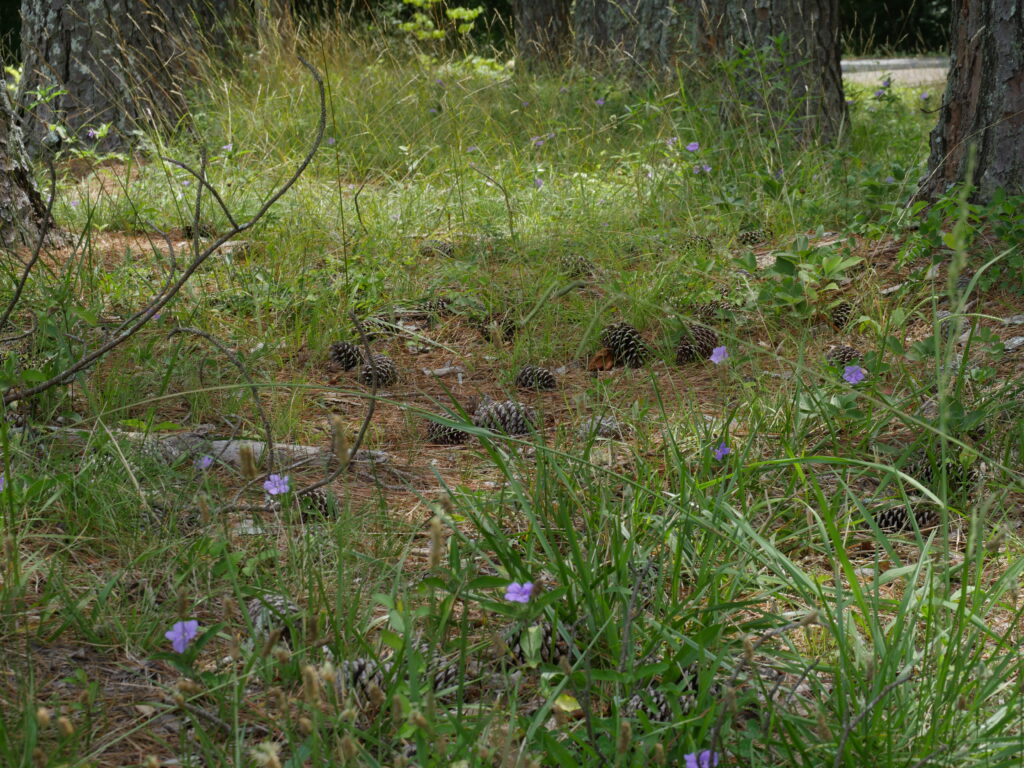
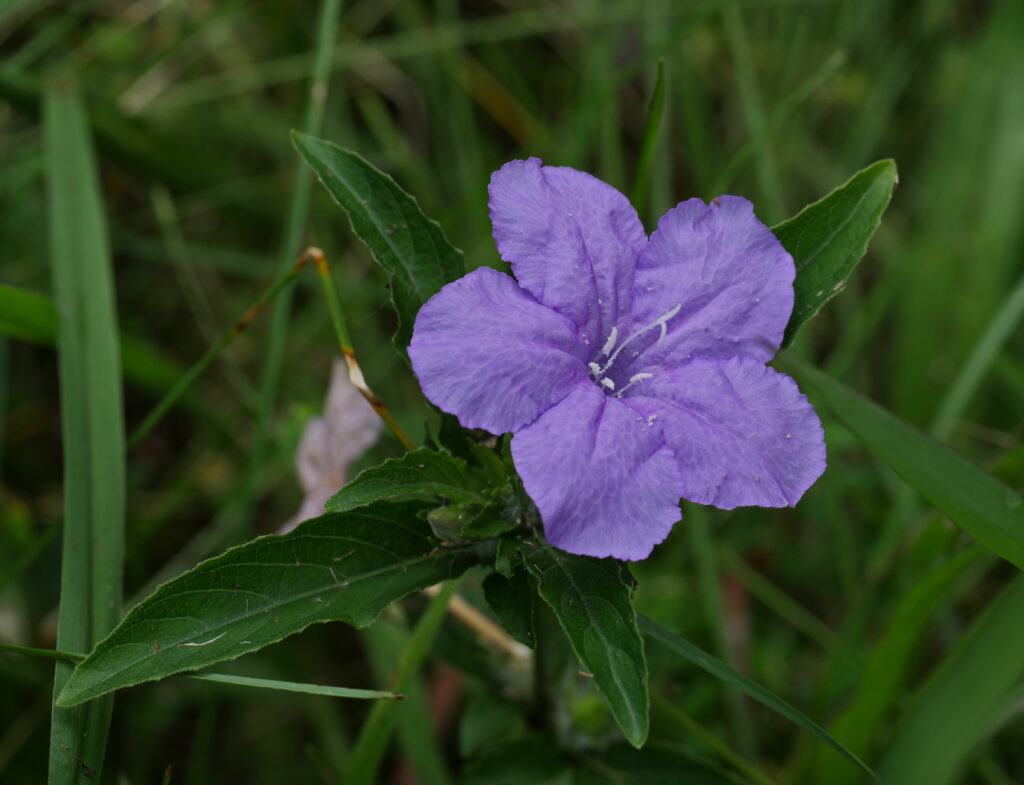
The sad reality is that, if I allow my parcel to heal unmediated, if I let nature happen on its own, it would surely recover, but with an array of plants that are mostly invasives. These invasive plants are not large trees from the upper layer, which is composed entirely of native trees, but from the middle and lower layers that non-native plants continue to dominate. When I was a student of plant pathology we considered a concept called “disease pressure”. Disease pressure is a measure of the quantity and virility of disease present in a given plant species community. The concept works the same whether those plants are in a greenhouse, on a farm or in a landscape. The higher the disease pressure, the more likely it is that that the disease will damage or kill a given group of plants. In the case of weeds, we have a similar concept called “weed pressure”, which relates to the possibility that a given area of land will succumb to invasion by specific weeds present in the area. The higher the weed pressure, the more likely that weeds will overcome the area. As I wrote in an earlier post, Chattanooga Valley is a free-range of weeds. The weed pressure is very high here. After five years of managing the plants on my lot, I have learned a little about this land and what nature has in stock. The preponderance of plants nature holds in storage, those waiting in the soil and ready to burst forth, are not kin to this land. Were I to let nature happen here, the following plants would prevail in a very short period of time:
- Upper Layer Trees: Loblolly Pine, Sweetgum, Green Ash, Box Elder and Common Hackberry
- Middle Layer Shrubs and Small Trees: Chinese Privet, Bush Honeysuckle, Callery Pear (that some call Bradford Pear), Mimosa Tree and Blackberry Brambles
- Lower Layer: Bermudagrass, Zoysiagrass, Virginia Creeper, Japanese Stilt Grass, Poison Ivy, Japanese Honeysuckle, Virginia Button Weed and Narrowleaf Plantain.
Indeed, if nature were to have its way on my lot, without my intervention, it would become a disheveled and dispiriting landscape for the foreseeable future, a future that would outstay the time I will reside here. Unless I begin thinking in geological time —and maybe that is where I am heading — I need a compromise. My grudging compromise is “nature provides, and I decide:” I accept some — but not all — of what nature provides. While this may sound one-sided, it is an approach that might restore the cycles of the native woodland that our unbidden handiwork dismantled, only to be replaced by an unending cycle of invasive plants. As a land steward, I feel obliged to put my hands back to this land until nature establishes its own new cycles. To do that, I have begun alternately allowing nature to happen and then removing the invasive plants as they emerge. The sequence is to allow and remove, allow and remove again, repeatedly, all the while preserving the native plants that come forth along with the invasive plants. Yes, this still involves a lot of control work, but it sets in motion the practice of allowing nature to unfold. Through this strategy, nature leads by divulging what it has in store, and then I respond to that lead. Now we have a two-sided deal, with nature’s intentions leading.
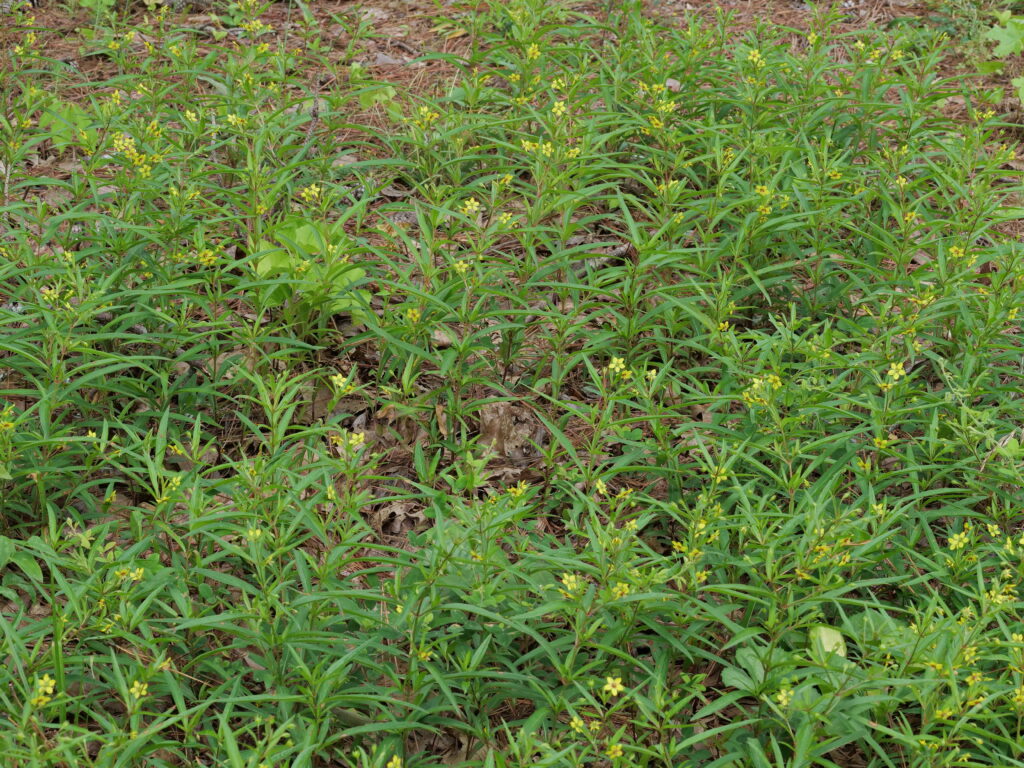
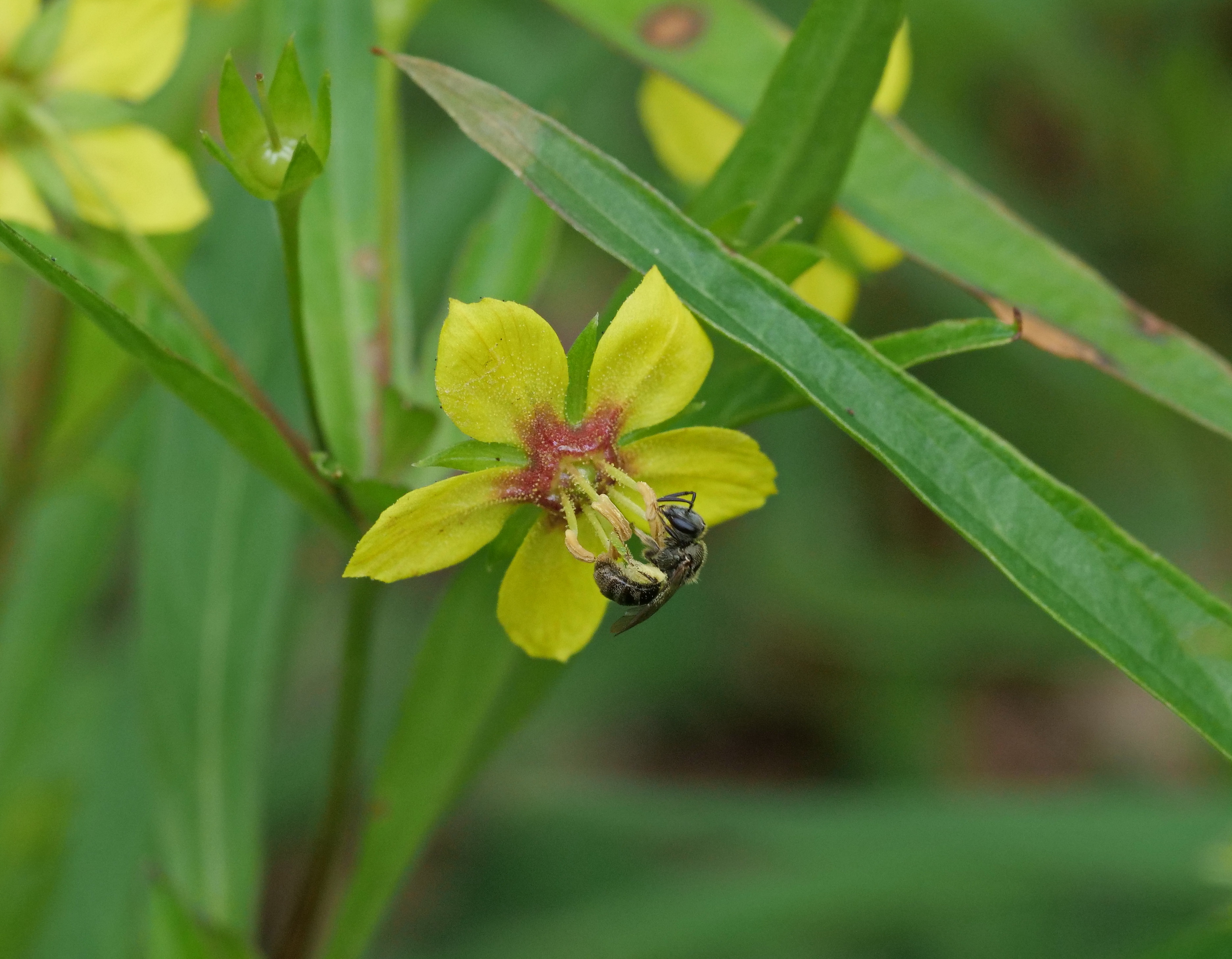
Nature has a memory, and it is through this memory that nature longs after itself, to restore itself. This memory is natures’ storehouse. It’s in the plants and seeds that inhabit a land. Sadly, some of this memory is always lost when human construction projects dismantle natural landscapes, and it seems clear that the memory of the middle and lower layers is most vulnerable. Their memory appears shorter, and I suspect this explains why I still have many upper story native trees on my parcel, while the middle and lower layers have been completely overwhelmed by invasive plants. In the passing of just seventy years, the memory of the middle and lower layer native plants has been largely replaced by the memory of the invasives. Before that memory is completely obliterated, I am making the effort to remove the invasives, so that remnants of native memory can recollect and come forth. It’s a collaborative healing project.
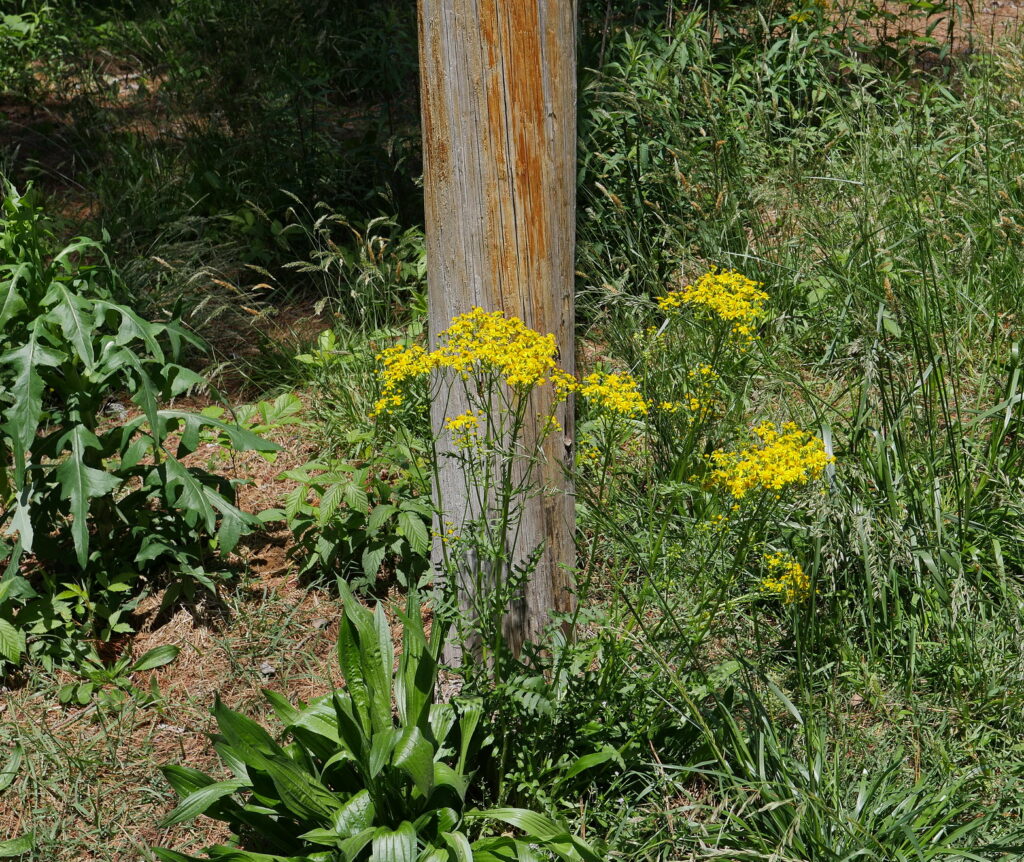
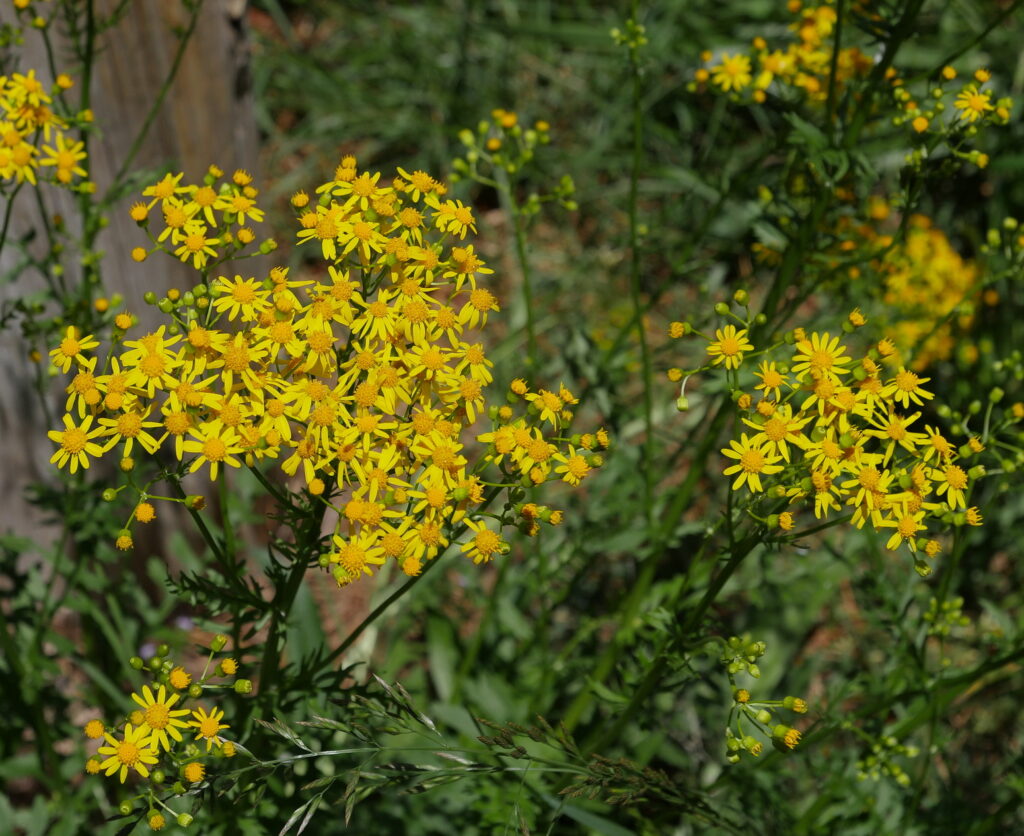
As unsightly as nature’s emergence may sometimes appear to us, I propose that we begin our land healing work by stepping back and allowing nature’s memory to begin the restoration story. It seems to me that this sets the relationship right in the opening chapter of each garden’s renovation. This approach begins to acknowledge that every living being is intelligent and has a place on the planet we call home. It begins to acknowledge that we are part of that intelligence, but not all of it. It begins to acknowledge that all living beings have intentions for the future, and that we cannot control all of them. It recognizes too that our own diminished and uncertain memory of this land will limit our clarity, as we try to tell what is what and who belongs where in this healing work. This process, though, can begin an open and honest engagement with nature through which we can learn what has gone wrong and how we might make it right. We have much to learn in this engagement; through it, as we come to know this land, we ourselves may heal as well. Perhaps, also, our own memory of the indigenous landscape will be restored and we will begin to recognize that this land is indeed our homeland.